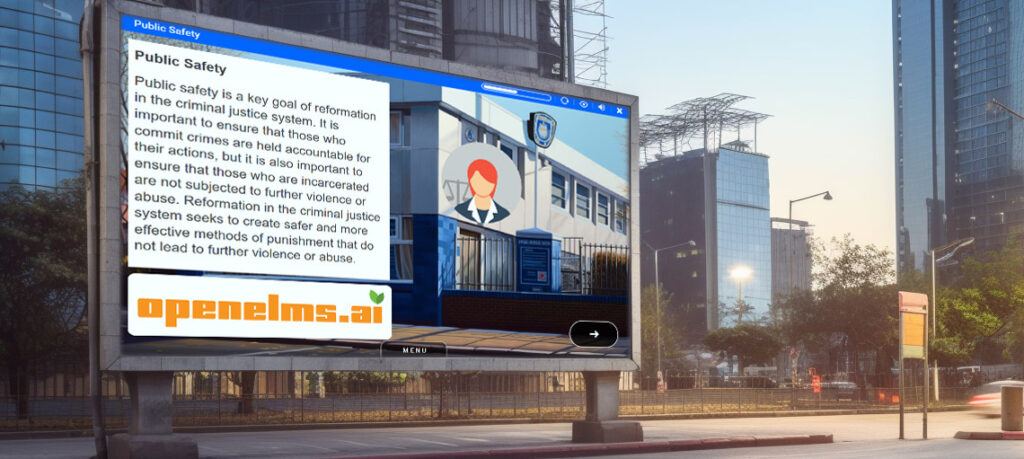Open eLMS MD Interview on Generative AI tool openelms.ai

Our Managing Director, Emil Reisser-Weston, was interviewed recently by Learning News regarding it’s AI powered elearning authoring system: openelms.ai. In this interview Emil explains how AI is used to automatically generate a script, organize learning objectives, and divide them into different sections within the course. It also generates visuals, videos, and animations, mimicking the process […]
openelms.ai – the first elearning designed 100% using AI

Introduction Since the recent renaissance of AI the clock has been ticking to produce a product that creates real eLearning from a text prompt. The technology exists for producing research scripts on any topic, images and video based on that text and AI can now read an image which allow it to select the right […]
openelms.ai – the first elearning designed 100% using AI

openelms.ai has recently created the world’s first eLearning courses designed entirely using AI from a single line of text. These short courses took a matter of seconds to produce from a single line of text. The eLearning is available for preview on their website, and they provide a glimpse of the capabilities of the OpenElms.ai platform. […]
openelms.ai – an early view!
https://youtu.be/e1_s699cBE0 openelms.ai is an eLearning creation system which delivers learning courses of breathtaking quality from a single line of text. This Adobe Captive / Articulate killer is a read game-changer for education and corporate training. The system is due for release at the end of April 2023.
How we are using AI to Create eLearning
Artificial Intelligence can create elearning in seconds – we will show you how This video demonstrates the unique systems and services used by Open eLMS to produce truly engaging e-learning. See www.openelms.ai for further details. Other links of relevance include: MidJourney – excellent image maker Dalle-2 – Open AI’s alternative Chat GPT – need we […]
Is AI the great EdTech disrupter?
In this video, Emil Reisser-Weston – Open eLMS Product Director – discusses how AI will shape the EdTech industry with references to openelms.ai.
The advantages of AI for elearning creation

Introduction Artificial Intelligence (AI) has been rapidly transforming various industries, and eLearning is no exception. With AI-powered tools, elearning content creation has become faster, easier, and more personalized than ever before. In this article, we will explore the benefits of AI in eLearning content creation and how it can improve the learning experience for students. […]
5 AI systems to revolutionise EdTech

AI has taken a lot of media attention of late. What I’d like to do in this article is to cut through the hype and show you 5 products which will dramatically affect your approach to EdTech in the coming months. These products (or similar ones) will be invaluable to you whether you are a […]
